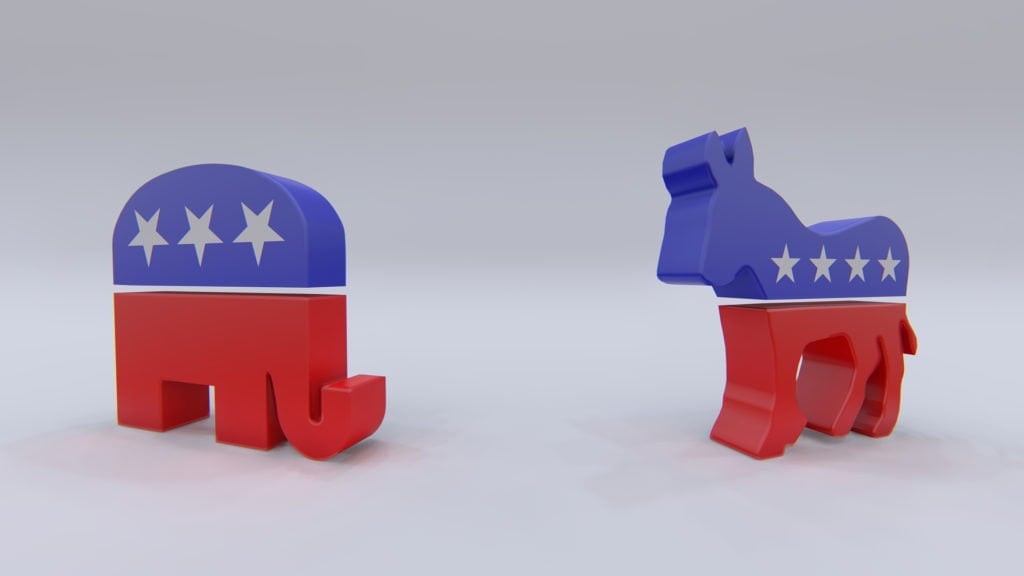Robots are slowly invading more and more into our everyday lives, and make no mistake they are taking jobs.
Though, this process is a good thing.
Let’s start with one of the most direct assaults on a profession by automation, the invention and subsequent introduction of the automated teller machine, the ATM.
As covered in a December article in Wall Street Journal, since the introduction of the ATM in the 1970s, bank teller positions have doubled in prevalence in the United States. Technological advances may mean labor demand reductions in some industries, but in others it can cause labor demand increases.
Why is this? While it breaks down to one major economic principle, the marginal production of labor.
The marginal production of labor, or MPL in the lingo of the dismal science, is how productive the average worker is.
From a functional standpoint, it is the partial derivative of the production function whereas the labor input is brought to its first derivative. In a graphical and practical sense, it is where the labor demand curve and the labor supply curve meet; it is the equilibrium of the labor market.
There are only two inputs when it comes to production: capital and labor. While these two inputs are independent, their relationship to either marginal production is not.
Introducing more technology makes a worker more efficient, but what about when the worker can be replaced by technology?
ATMs cannot fully replace their human counterparts. Thus, ATMs made human bank tellers more efficient by preforming simple tasks. Some professions may one day be fully replaceable by automation, and this would not be the first time.
Since the onset of the Industrial Revolution, economies have been slowly replacing labor inputs with capital.
You might be asking yourself, "So capitalism doesn’t care about people?"
No. This is exactly why capitalism is the most just economic system. There is no explicit division of authority in capitalism, which is seen in all other economic system.
In systems like socialism, we see people in positions of power, like politicians, being able to influence markets to give advantages to those they favor. They not only create devastating inefficiencies, but take money out of the pockets of the people they don’t favor.
A free market, which is an exceedingly rare beast in the economies of the world, is the most equal system in the world. No one, neither an employee nor an employer, can alter the market value of labor.
The only way for one to increase their wage is to become more productive. A true meritocracy.
So while capitalism is indifferent towards peoples, it is this indifference that allows for the freedom of enterprise and the non-bias nature of success we see in capitalism.
This indifference is actually a heavily studied area of economics. Indifference curves demonstrate an exceptionally important aspect of not just capitalism, but business structure.
Indifference curves show us the capital versus labor exchange. In other words, how much labor can be replaced with capital and still produce the same amount of goods. When a business shifts production to zero labor and 100 percent capital, that is when automation, or robots, will fully replace workers in a given industry. Those workers then become structurally unemployed.
Structural unemployment is simply when a worker's skills are no longer usable in an economy, and they therefore cannot find a job.
We cannot fall into the temptation of fighting the economic winds. The government should not step into sustain jobs that can be replaced by automation. Any attempt to artificially bolster labor demand can only end badly.
This is the essence of the argument to raise minimum wage for fast food industry workers and it is also the basis for universal income.
When a worker no longer has employable skills, or those worker’s skills no longer support a wage level, the government is only increasing the problem by intervening.
Take for example McDonald’s Big Mac ATM.
Unlike traditional ATMs that cannot perform all the tasks of a bank teller and therefore increase the productivity of a bank teller, the Big Mac ATM can replace the fast food worker entirely.
By artificially increasing wages in the fast food industry, all the government would do is slant the indifference curve in favor of capital.
Accelerating the demise of the very people they are trying to help.
Remember, capitalistic markets are literally indifferent towards inclinations in favor of labor.
Nothing would guarantee the quick replacement of low-skilled human workers with robots. Not artificial market manipulations, like minimum wage increases, by the government. You cannot beat the economic winds.
There is only one solution to this problem, and it is not recoiling from technological advancements.
The solution is education. If one’s skills are no longer usable then one must acquire new skills, not rely on the government to create artificial demand for their replaceable skill sets. All this does is cripple business through forced inefficiency.
There no need to fear our new robot overlords, as long as you are willing to learn.
RELATED:
• The Buzz of Capitalism: Creating Robotic Bees to Solve A Big Problem
• The Intersection of Capitalism and Immigration
• Why We Should Pay Attention to Labor Force Participation, Not Just Unemployment











